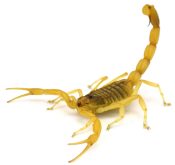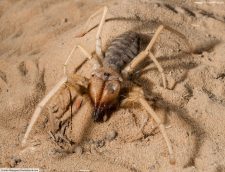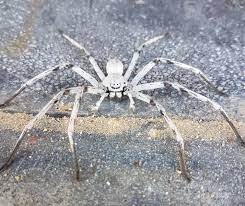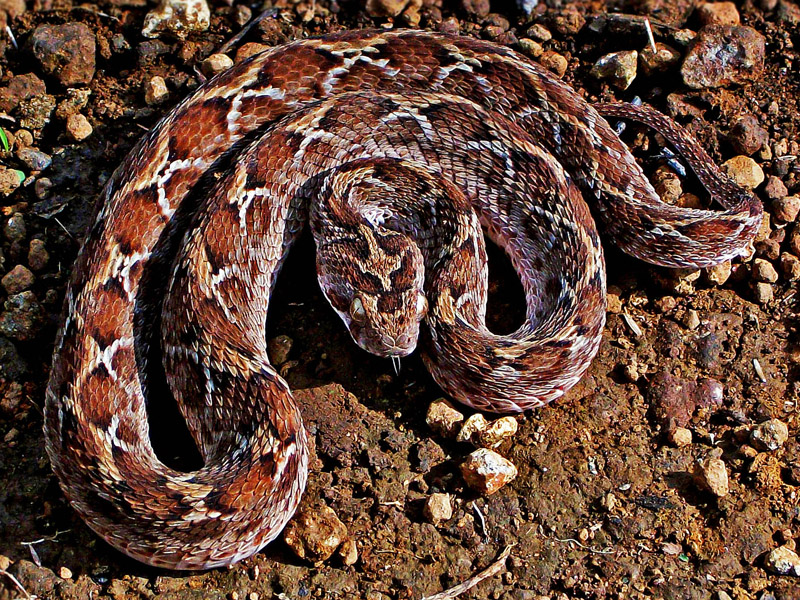Emergency Advice
A range of fairly rare but nasty animals are out there just waiting to spoil your offroading experience. I say rare because in over 20 years offroading i’ve only seen maybe 5 dangerous snakes (ie not counting wadi racers etc) but to be fair, the last one was a potentially dangerous horned viper. I’ve seen dozens of scorpions, but these were on only three trips in 20+ years. Same with spiders, camel spiders, wasps etc etc.
This section includes a bit of advice and published “what to do if….” information. I stress it’s published because even some “medical authorities” contradict each other as to the “best course of action”. But more important no one in ORAC is a medical expert. We will seek advice and when received it will be reported accordingly.
In the meantime, we are advised that while treating scorpion and spider bites with first aid (perhaps while en-route to a hospital) is OK, in contrast, the priority for snake bites is hospital as an emergency.
In either case do not cut or bleed or attempt to suck venom from a bite or sting and equally dont use snake bite suction kits.
Very important to note that without correct skills a tournequet can prove very dangerous.
Scorpions

Death Stalker:
Google says there were 33 recognised species of scorpion in Oman in 2018 and approx 6500 insect and reptile bites/ stings were recorded.
Reptile bites numbered around 300, so lets say around 6000 stings or bites from scorpions and spiders.
Up front the spiders are are a nuisance, the scorpions need much more care and attention.
The published good news is that none of these were “serious or resulted in a fatality” but many still caused some extreme pain.
Oman considers itself fortunate in that its rural population is self aware of the problems with (for example) scorpions and self limits the risk. in contrast the offroading community likes nothing better than to run around in the sand barefoot.
Sadly the ladies in our community attract more scorpions. its a FACT.
Scorpions may appear at night when its cooler and still be around early in the morning. as well as the obvious suggestions to shake out shoes and any clothing left on the ground, please also be aware that scorpions will seek shade under tents and sand mats and in fact anything left on the sand.
Most scorpions i have senn have been unders sand mats at the break of day when tents are being dismatled.
From published information it seems that self treatment of scorpion stings is universal so here we will focus on th worst species affectionately known as “the death stalker”, a relatively tiny yellow species.
First Aid:
- Clean the wound with mild soap and water.
- Apply a cool compress to the affected area. This may help reduce pain.
- Don’t consume food or liquids if you’re having difficulty swallowing.
- Take an over-the-counter pain reliever as needed.
- monitor for shock or allergic reactions.
Snakes

Horned Viper:
The bite of a Horned Viper with subsequent certain envenomation should be considered as a medical emergency and can be fatal if the patient is not treated appropriately.
Horned vipers have been photographed during a Wahiba Challenge hiding within camel grass. They are also noted to bury themselves in sand often with just the horns +/- eyes above the sand. I have also seen a horned viper sunning itself at the exit to Wadi Bani Awf Snake Gorge.
Saw Scaled Vipers:
Saw scaled vipers are considered to be highly irritable, aggressive
and may bite more readily than others. In some places they are regarded as the cause of most fatalities. Treat all snakes with respect.
It is unlikely that you can
recognise individual snake species although the horns on a horned viper are often quite distinctive (when you are close). I have only seen saw scaled vipers on gravel plains in the interior regions of Oman and never in sand. They are described as nocturnal, mine was seen mid afternoon on a PDO wellsite hunting Jerboa.
A distinguishing feature of a saw scaled viper is that it produces a rasping sound while coiling in an irritated fashion and rubbing its scales together.
It is reported that “within minutes of a saw scale viper bite, localised swelling and pain which later spreads can be felt.
Haemorrhage and coagulation effects follow closely, which may lead to hypovolemic shock. The most dangerous symptoms of envenomation are blood-clotting trouble and internal bleeding, which can lead to acute kidney failure”
First Aid:
Without further professional advice it is recommended that viper snake bites are treated as an emergency and supported as outlined below.
extracted from: http://toxicology.ucsd.edu/Snakebite%20Protocols/Nasicorn.htm
- Keep the victim calm and reassured. Allow him or her to lie flat and
avoid as much movement as possible. If possible, allow the bitten limb to rest
at a level lower than the victim’s heart. - Immediately wrap a large crepe bandage snugly around the bitten limb
starting at the site of the bite and working proximally up the limb (the full
length if possible). The bandage should be as tight as one might bind a
sprained ankle. - Secure the splint to the bandaged limb to keep the limb as rigid and
unmoving as possible. Avoid bending or moving the limb excessively while
applying the splint. - DO NOT remove the splint or bandages until the victim has reached the
hospital and is receiving Antivenom.
Camel Spiders

Camel Spiders:
Camel spiders are not, to my knowledge venomous but they are notorious for their bite which through powerful jaws is very painful. They are described as vicious predators that can visit death upon insects, rodents, lizards, and small birds.
While they are not actually spiders, they are also known as sun spiders and may appear to chase you, not as potential prey, but to hide from the sun in your shade. The do not eat people (rumours) or camels (rumours) and their bite is not an anaesthetic as hinted by folklaw (rumours). You are advised not to mess with them and certainly dont get fingers in their jaws.
First Aid:
No cure for stupidity Im afraid!
Keep the wound clean, antiseptic and pain killers is perhaps all we can manage. Monitor for shock.
Pain relief appears to be best. There is no venom/ poison.
Huntsman/ Wolf Spiders:
Both are large and seen in Oman.
I find the distinction between Huntsman and Wolf Spiders difficult.
This is largely due to suffering from arachnophobia which makes it difficult for me to identify spiders while running away!
Wolf Spiders:
Wolf spiders don’t pose a significant threat even though they are venemous. You may be allergic to a wolf spider’s venom, but they are allegedly not dangerously venemous. Since wolf spiders are large and i mean seriously large, their bite may be painful. You may experience mild pain, swelling, or itchiness around the bite, but it shouldn’t last long.
 Huntsman Spiders:
Huntsman Spiders:
Huntsman Spiders are venomous and their bites can be painful to humans, they do not cause anything more serious than mild nausea or headaches.
Usually localized swelling and pain are the only symptoms of a huntsman spider bite.
First Aid:
Nothing exceptional reported for these spider bites except keep the bite clean and monitor for shock and /or any allergic reaction.
Some basic steps are to avoid infection and help manage any swelling, itchiness, or soreness: clean the area bitten with soap and water. apply an ice pack to reduce swelling. if the bite is very itchy, take over-the-counter antihistamines
For sufferers of arachnophobia these are very big spiders and clean underwear may be essential!
